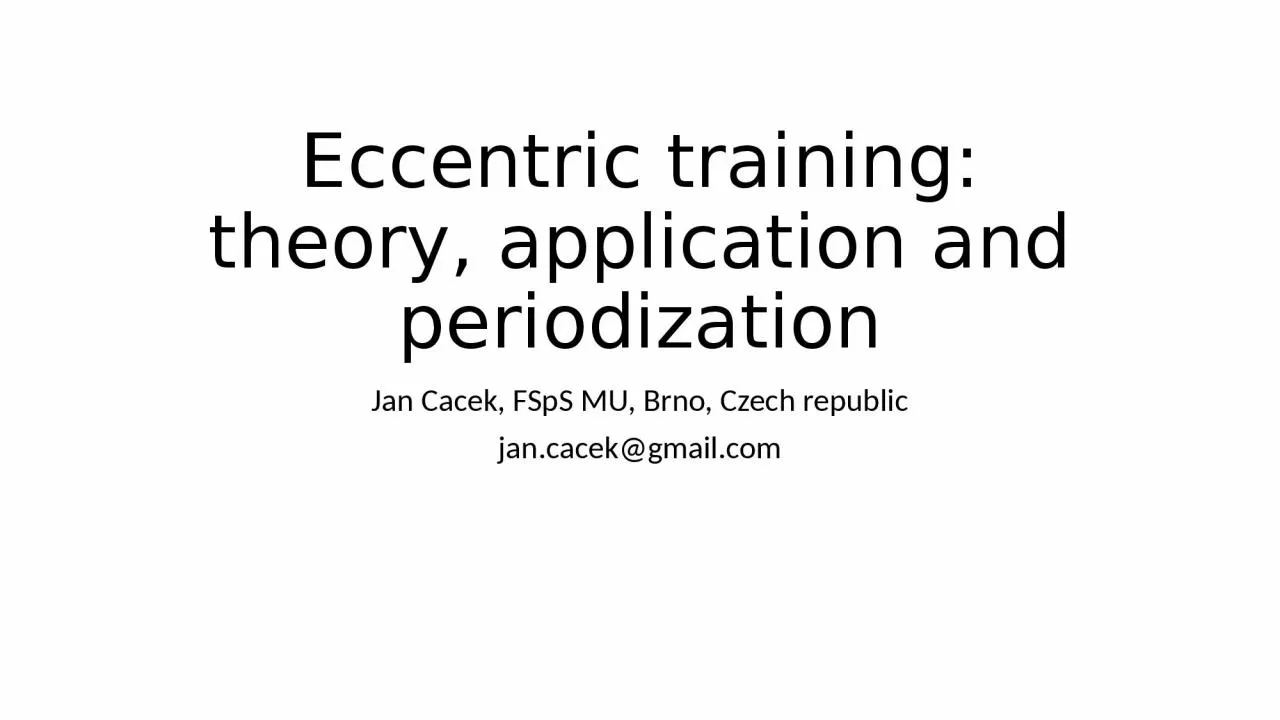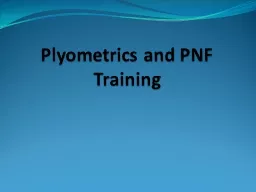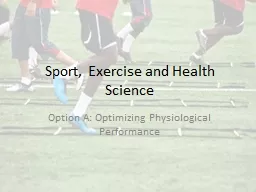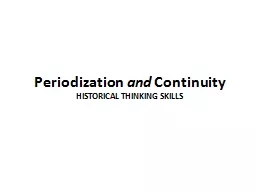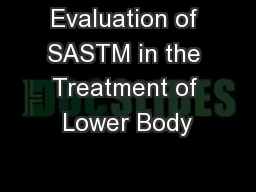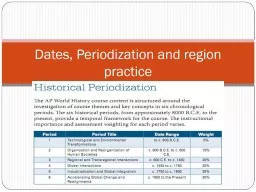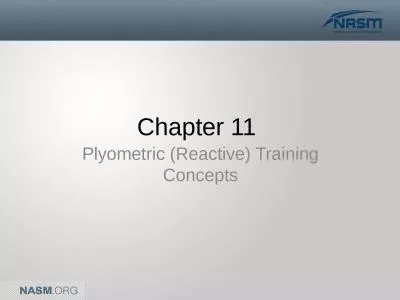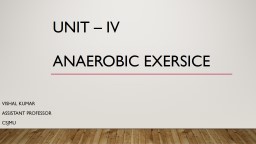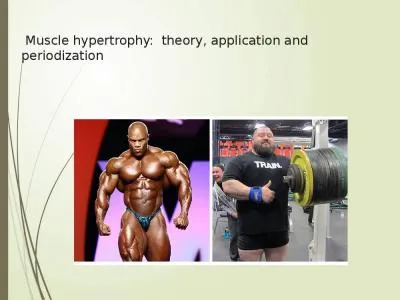PPT-Eccentric training: theory, application and periodization
Author : morton | Published Date : 2023-11-07
Jan Cacek FSpS MU Brno Czech republic jancacekgmailcom Something about me Jan Cacek my sports career runner 800 a 1500 m soccer player ice hockey
Presentation Embed Code
Download Presentation
Download Presentation The PPT/PDF document "Eccentric training: theory, application ..." is the property of its rightful owner. Permission is granted to download and print the materials on this website for personal, non-commercial use only, and to display it on your personal computer provided you do not modify the materials and that you retain all copyright notices contained in the materials. By downloading content from our website, you accept the terms of this agreement.
Eccentric training: theory, application and periodization: Transcript
Download Rules Of Document
"Eccentric training: theory, application and periodization"The content belongs to its owner. You may download and print it for personal use, without modification, and keep all copyright notices. By downloading, you agree to these terms.
Related Documents

